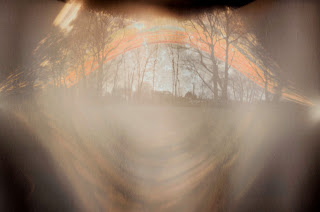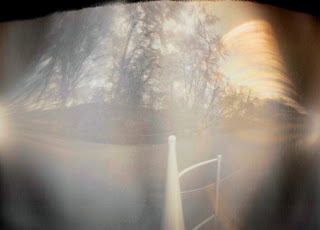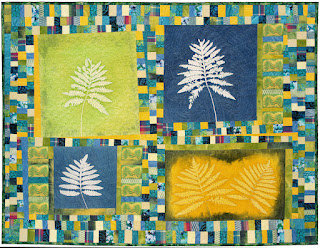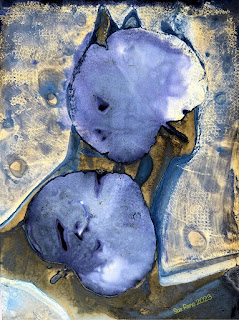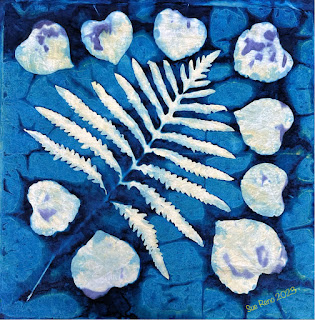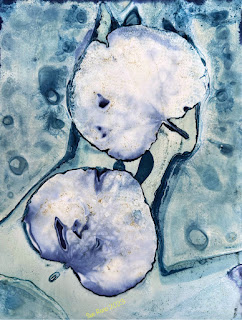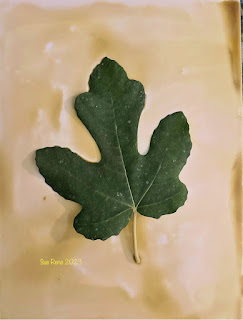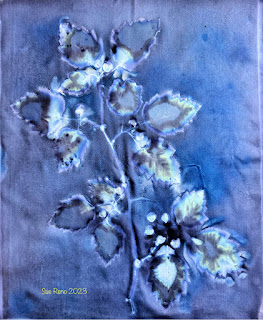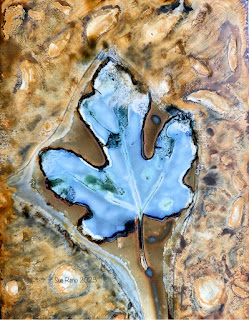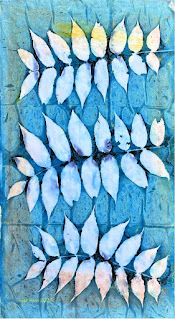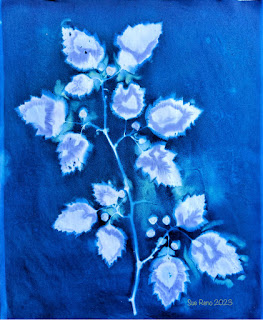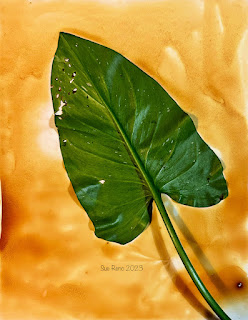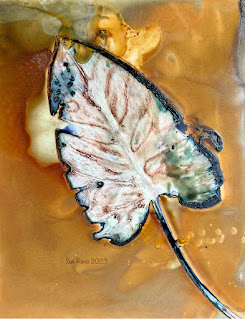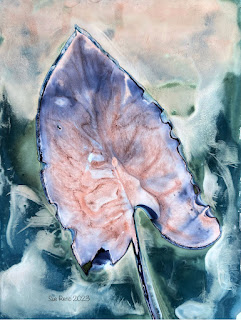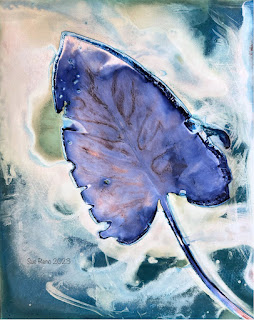Here's the best of this season's winter solstice pinhole camera pictures. The tech behind these could not be any simpler. A piece of Foma black and white photographic paper is rolled up, inserted, and sealed inside a clean beer can. A single pinhole is poked in the can to admit light, the whole works is attached to a hopeful vantage point, and then I wait. These cans were put out on the summer solstice, so each swooping line on the horizon represents a single day's journey of the sun across the horizon.
It's best to aim it towards the south, but it's also fun to experiment. This one above was off the the side, on top of a garden trellis, so you can see some of the sun paths but also a nice assortment of trees.
I do the above view every year, it's looking out from the front of my suburban home near Pittsburgh, PA, USA. This year a shrub grew up and partially obscured the view for a while in the summer; you can see a few branches and a leaf.
I do these because they are fun, and because when everything is instant it's nice to have something to wait for. I hope you enjoy them!

